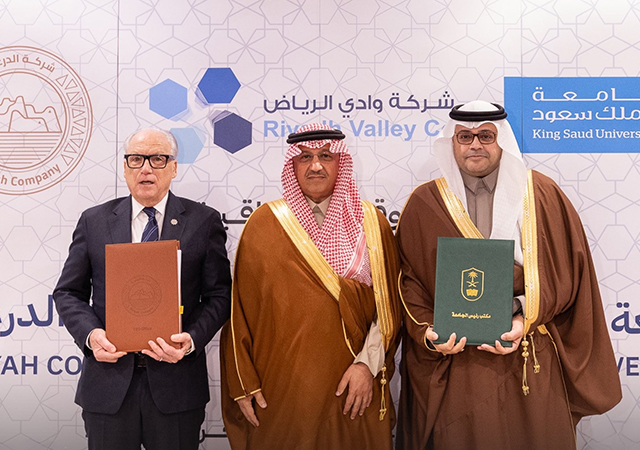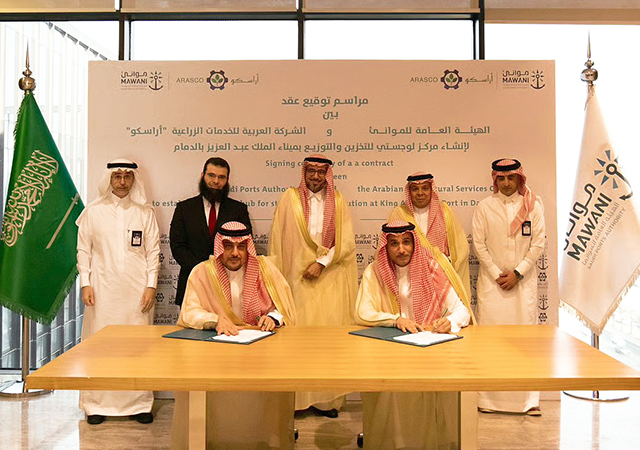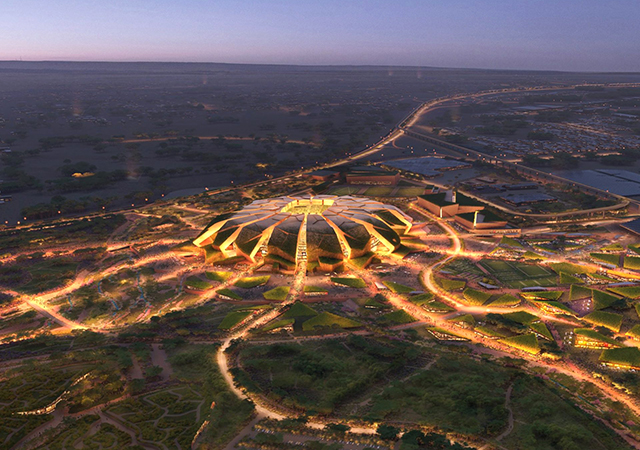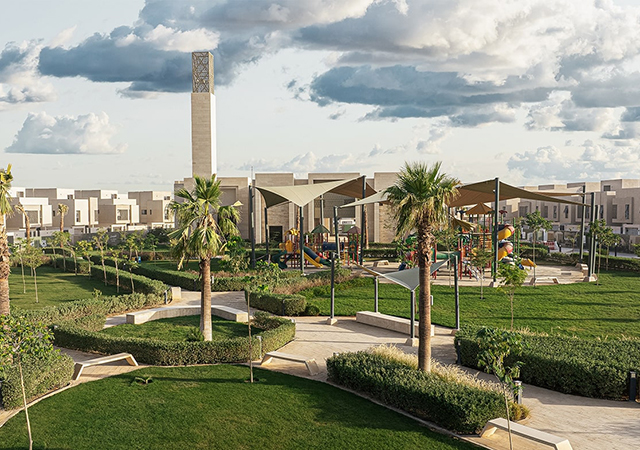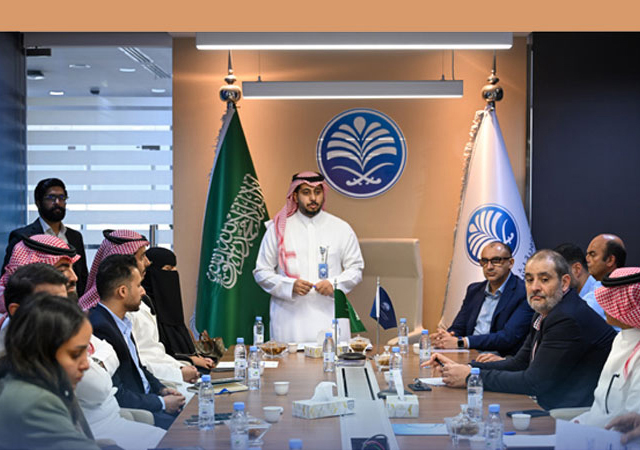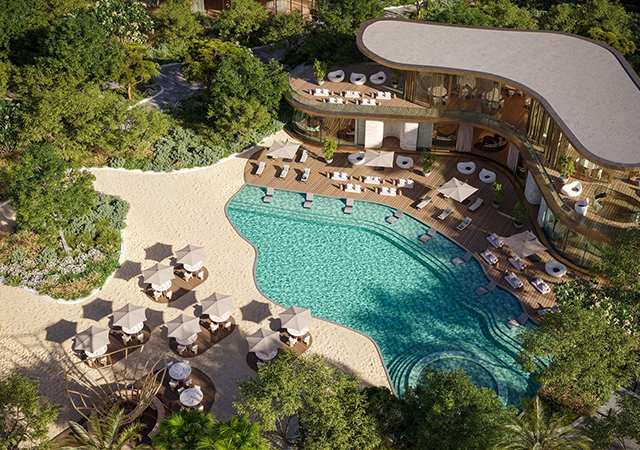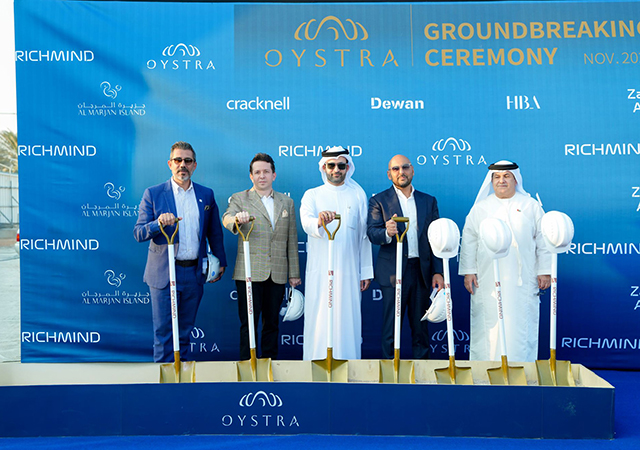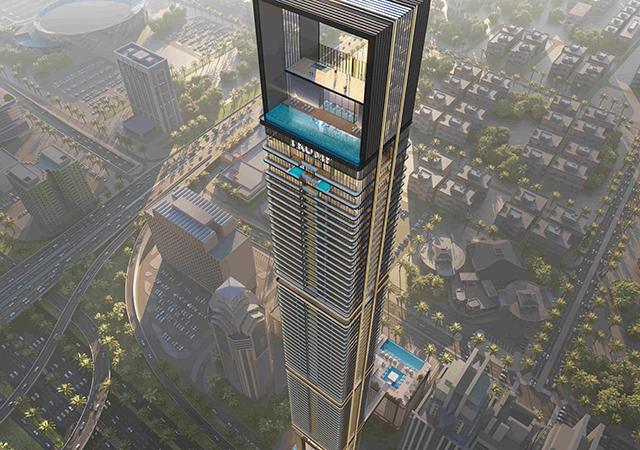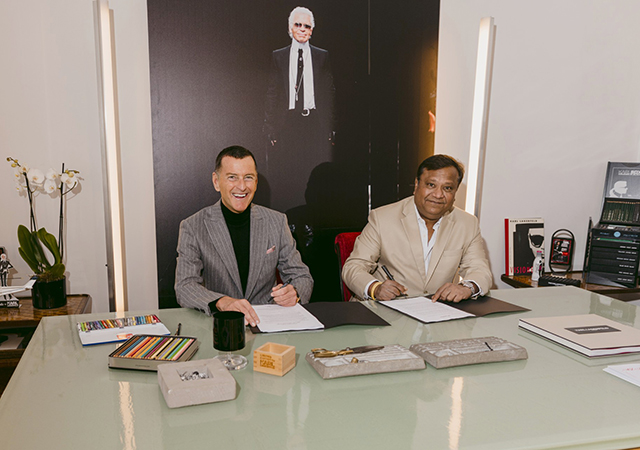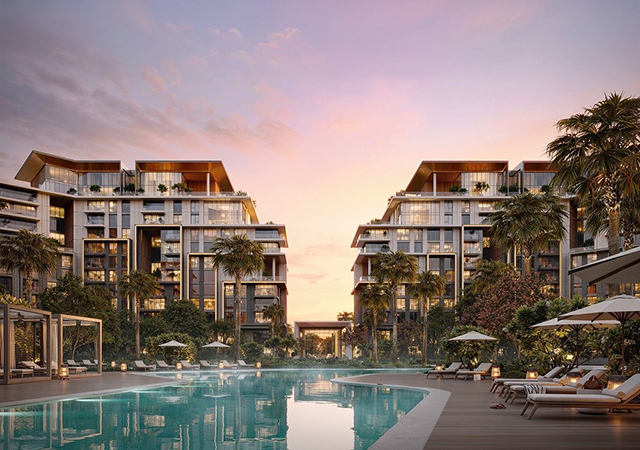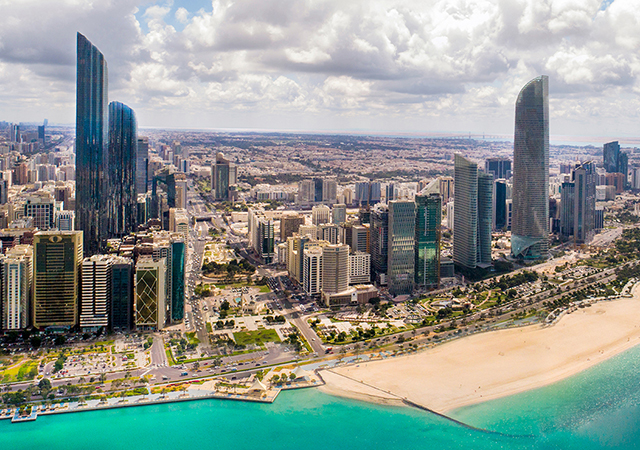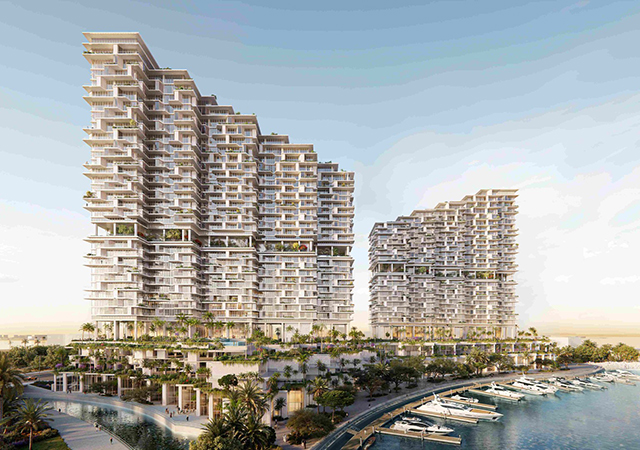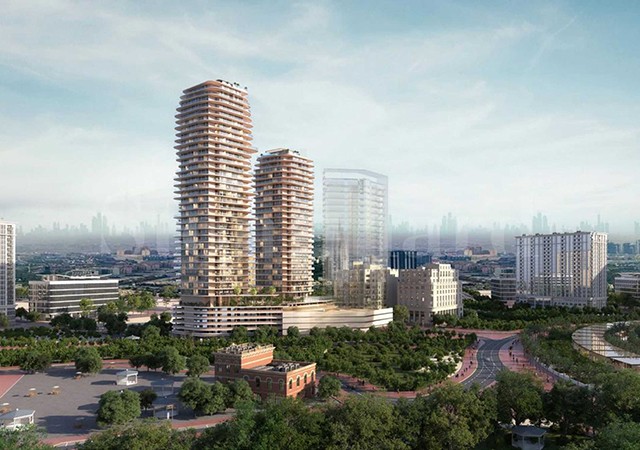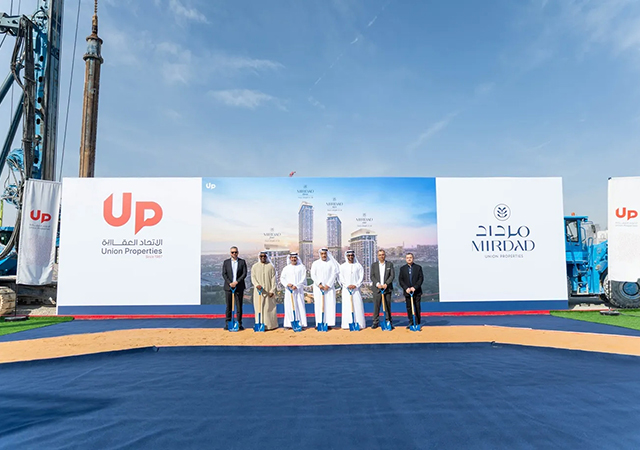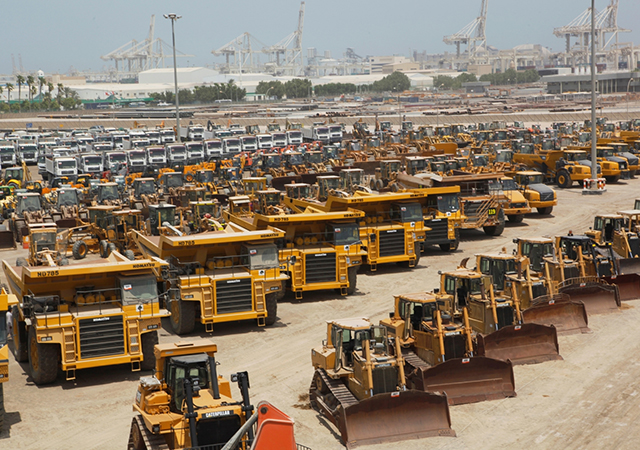 Sigma’s production facility ... geared to meet the challenges.
Sigma’s production facility ... geared to meet the challenges.
LEADING paint manufacturer Sigma Paints’ performance in the Middle East has been exemplary even in the face of the hard economic conditions thrown up by the global financial crisis.
The sharp fall in GDP rates across the world has indeed created some very challenging economic times for PPG/Sigma and virtually every other company and industry. But the group has shown resilience and adapted to deteriorating market conditions, says Antoine Lejuez, who has taken over as the new marketing manager for Sigma Paints Middle East, based in Dammam, Saudi Arabia. Products Projects Competition
“In times of crisis, the market becomes highly volatile. So, all service providers including the major players and giant manufacturers need to become more sensitive, demonstrating high reactivity and a capacity to re-strategise its actions and resources.
“Thanks to Sigma’s smart moves and agility, we have been minimally affected by the crisis in the Middle East, and in fact we have not only maintained our stability but have been growing throughout the slowdown. We have not downsized, not laid off any employees, on the contrary, we are still hiring new staff, as we always are on the look out for professionals,” he tells Gulf Construction in an exclusive interview.
During the downturn, many companies have a tendency to cut costs, even when it is not necessary and even if it jeopardises the efficiency and quality of operation, he explains. “Sigma does the opposite. We do not cut any costs, especially the marketing budget. We need our resources to face the crisis and grow. Instead we monitor costs and actions; we alter our strategies in pursuit of increasing efficiency and performance in all sectors. This is our winning formula of success and our shield against the crisis.”
Lejuez continues: “When faced with limited resources and less liquidity, some operators and contractors tend to sacrifice quality. Yet the educated segment and especially the ones who have undergone Sigma training sessions understand that cheap paint is in fact the most expensive one in the long run, and that quality paint not only protects our environment but also gives significant long-term financial benefits to the property owners and enhances the reputation of the contractor.”

Sigma has undertaken a major role in educating the market. Last year, it organised training sessions for a total of 1,200 third-party applicators. In addition, technical seminars for architects, consultants and engineers have been held frequently over the past four years. The technical seminars programme – which forms part of Sigma’s ongoing strategy for technical education and product awareness – targets an audience of more than 2,000 every year. It includes six annual seminars for architects, consultants and contractors and 15 applicator seminars.
In the current economic scenario, Sigma has not cut down on any of the yearly activities, and this is paying off. “Sigma is still growing faster than the market,” he points out.
Another important aspect in its strategy for growth, particularly in times of crisis, is to provide support to its distributors. “We give them more support – both moral and material – during tough times. We assimilate the needs of the applicators, we let them feel we are with them all the way and we help them to revitalise their business,” he says.
Sigma’s sales network has a good geographical spread in the Middle East, and the company intends to expand and penetrate new areas.
“Yet in this effort, we do not sacrifice quality; we carefully select our dealers, who become our valued partners. Thus, rather than merely collaborating with dealers, we develop and nourish our partnership. We are also in the process of developing merchandising concepts, by providing structuring models to organise and optimise the efficiency and practicality of the outlets,” Lejuez says.

For three centuries, Sigma has formulated paint systems to provide durable protection and these have stood the ultimate test of time. Sigma Paints is part of the US-based PPG Industries, which has the 20 per cent stake that was previously held by SigmaKalon. PPG is now ranked the world’s number two in the coatings sector, following its acquisition of SigmaKalon early last year.
The company’s latest trendsetter in this area is the new Sigma Guardian Nano paint, which has received excellent market feedback, he says.
“Yet, this was anticipated as nano-technology in paints is not only extraordinary, but revolutionary – it is the next giant step since the development of water-based paint half a decade ago. Professionals have been expressing their amazement about the specific solutions and the multitude of unique properties the nano concept brings to them.
“More and more customers are looking for durability in paint systems, as they comprehend the multiple benefits of quality solutions including the convenience and financial gains of extended maintenance intervals.
“We are pioneers in many aspects and developments, particularly in nano-technology in the Middle East and worldwide. We launched our Sigma Guardian seven months ago, and we do not expect any of our competitors to launch a similar product in the near future,” he says.
Lejuez is full of praise for the Sigma innovation and is confident that it is a winner by a large margin. “Sigma Guardian Nano is in line with our goal and core value to provide durable solutions, while it exceeds all expectations of paint performance. No other paint system has so many quality properties all in one can, and no other paint has as efficient anti-dust properties, thanks to the miniscule nano-particles. This unique property provides the paint finish a long-lasting shine, thus making buildings appear newly painted for a very long time,” he says.
Sigma’s culture of innovation is a three-century heritage, which has an impact on Sigma’s ‘modus operandi’ around the globe, he comments.
According to its business philosophy, Sigma/PPG expects 25 per cent of the turnover to be generated by innovations and new products. This has a spin-off effect at every level and sector of the company, starting from research and development (R&D), as three per cent of the value of annual global sales is allocated to R&D.
“This is a relatively high percentage and more than average for giant paint manufacturers and other conglomerates. Translated into figures, it was more than $400 million even last year, encompassing more than 10,000 raw materials, 200 manufacturing sites and resulting in more than 70,000 different formulations worldwide,” he says.
Still on new products, the Middle East market will experience a ‘big innovative bang’ in June next year, thanks to Sigma, he promises without elaborating.
Lejuez moved to the Middle East in September, bringing with him 20 years of experience in the paint industry in Europe.
Asked how the Middle East region could benefit from his extensive experience in the European market, he says: “Having worked with Sigma for two decades, and having handled five brands simultaneously – Sigma, Seigneurie, Guittet, Gauthier and Ripolin – I have gained some insight and in-depth understanding of the fascinating world of paints.”
Defining strategies, developing distribution networks, managing environmental and VOC (volatile organic compounds) projects, calculating product life cycles, conducting technical training programmes and creating innovative informative sales tools for the Southern European countries has been an enriching experience, he says. “In Italy, France, Spain, Greece and Malta, people have a love for interior design, a reverence for beauty, passion for colours and a sense of style, hence producing and creating material for these markets is simultaneously challenging, demanding and rewarding. Genuine quality and high-end finishes are greatly appreciated.
“I am honoured to bring along this European and Mediterranean knowledge to the Middle East, and exchange best business practices both ways. My European experience and success will naturally be of high value in the region and likewise my European colleagues welcome in return my Middle Eastern business experiences,” he says.
Since moving to the region, Lejuez has been particularly impressed by the inherent artistic skills available in the local market – skills that are rare in France and therefore expensive. “I must compliment the regional artisans; many of them produce a high level of aesthetics and creative solutions with Sigma’s core products. I am astounded by their capacity to further enhance our current decorative finishes and produce multiple decorative aspects out of one product. In France, the painters today are professional, but few are artistic. In the Middle East, the range of paint applicators is very wide – from the assistant painters with scarce or no paint knowledge, to the most advanced artists,” he comments.
Lejuez continues: “In France and Italy, Sigma has introduced many exclusive high-end finishes, and since we have direct access to our European resources we will import the most enticing decorative finishes to the Middle East. The market has already seen some of these with ‘Sigmulto Amouage’ and ‘Sigmulto Tijan’, which were adaptations from France. Much more is in the pipeline and the Middle East market will soon witness some ‘stellar’ Sigma decorative products that are unprecedented in the region.”
On the projects side, Sigma is currently involved in many mega projects across Saudi Arabia and the rest of the Middle East.
The King Saud University project is one of its latest major achievements, with a paint value worth of about SR10 million ($2.67 million). The Sigma team has worked on this project for the past 30 months, since its designing stage with Arch Centre in Dubai. Sigma is also working with contractor RTCC and consultant Khatib Al Alami on the Border Security project, which involves a total area of 1.4 million sq m and a paint value of SR5 million ($1.33 million), as well as with contractor Al Fauzan and consultant Tipsa for the Al Imam University.
Another landmark project for Sigma is The Yas Hotel in Abu Dhabi, UAE, which is part of the ambitious Yas Marina Circuit project. For the development, Sigma Dubai and Abu Dhabi supplied emulsions, alkyd enamels and wood finishes for internal surfaces.
Elsewhere in the region, Sigma Paints Qatar became the official supplier for the Government of Qatar by supplying paint for the 200,000 sq m boundary wall around the Emir’s palace and government facilities.
These projects speak volumes of Sigma quality, he says.
While competition is intense in the market, Lejuez refuses to be intimidated by it, but rather relishes the challenge. “Compe-tition is healthy in any domain. A well-established quality manufacturer will monitor and analyse the competitors’ moves but not feel threatened by any kind of competition,” he says.
“Sigma offers integrated products and services, which not only meet customer needs but anticipate and exceed the market demands. Customers are becoming more demanding, and expect complete experiences and the quest to live up to these expectations keeps Sigma on the move – as it has done for the past three centuries.
“We aim to remain the pioneers within the different paint sectors and strive to differentiate ourselves from the rest, being the best, while refraining from being arrogant. In brief, we are a multi-functional coatings solution provider,” he adds.
Since its inception in 1722, Sigma has acquired a comprehensive understanding of the functional requirements of paints in any environment around the globe and adopted a business strategy that reflects its quality philosophy, he says.
“In the Middle East, we communicate with all contractors and paint applicators, so as to spread the message of the multiple benefits of the hallmark of quality,” he says.
While its specific strategies are adapted to match the requirements of the various geographical areas, the grand strategy is universal: to remain the reference and reverence in paints, says Lejuez.



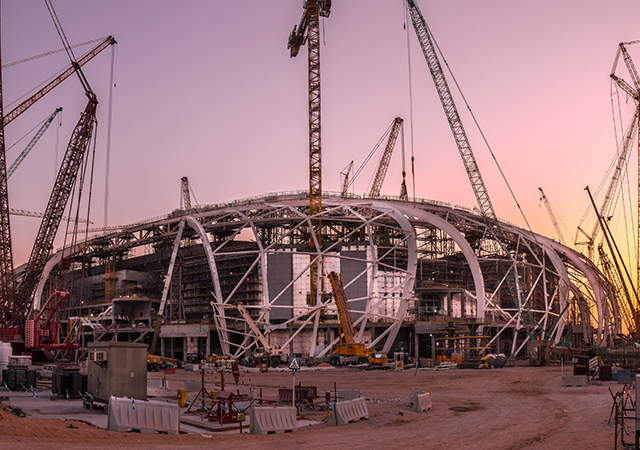
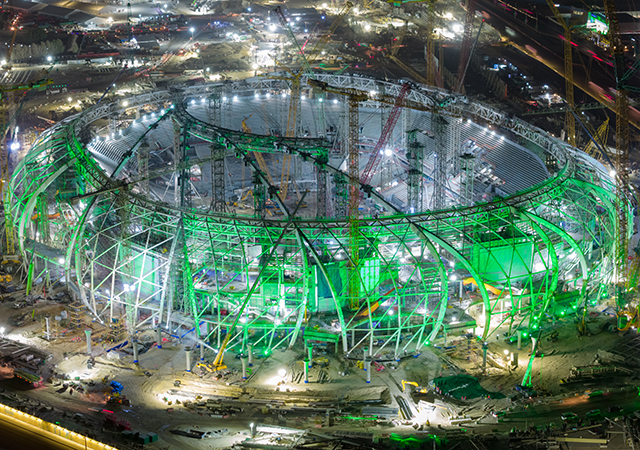

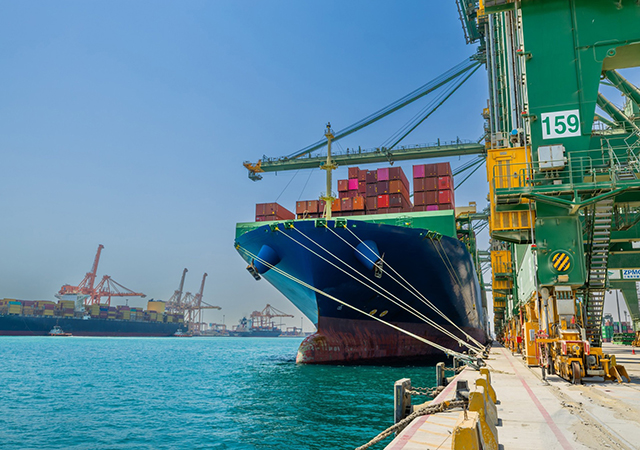
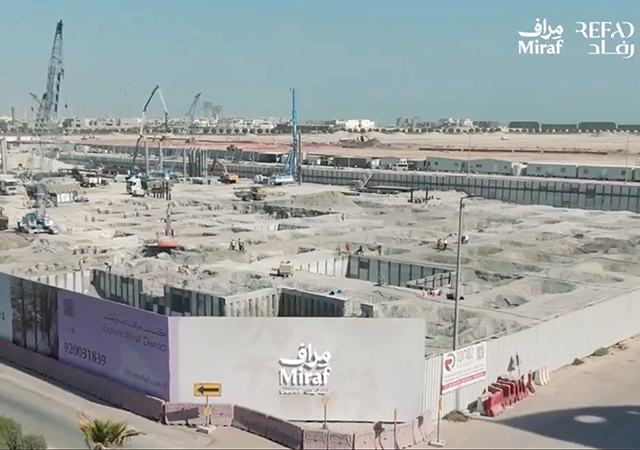
.jpg)
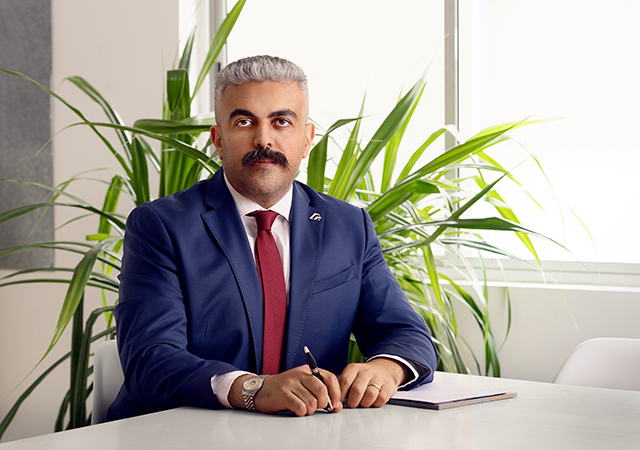


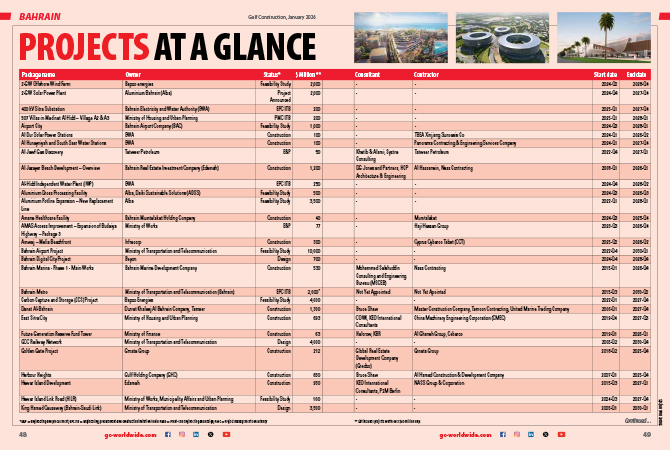
.jpg)
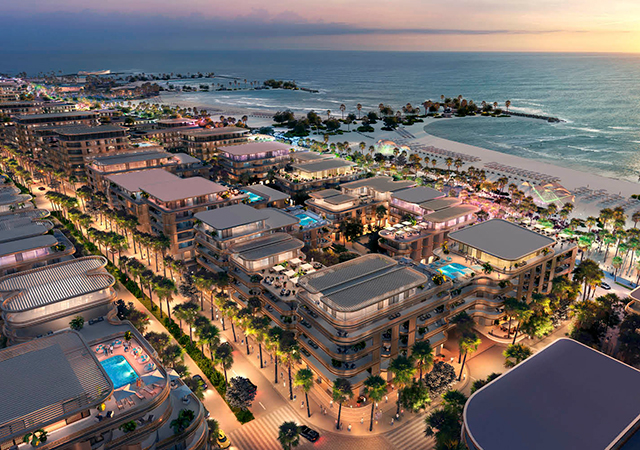
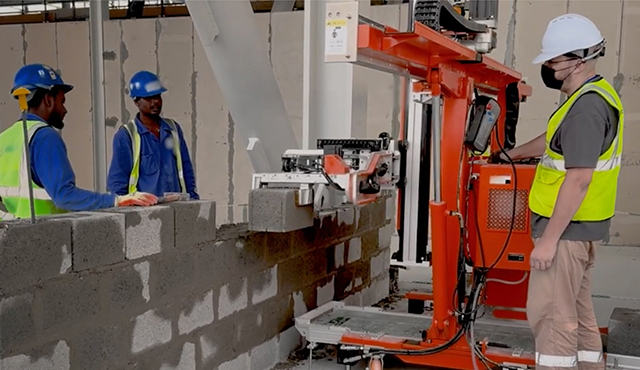
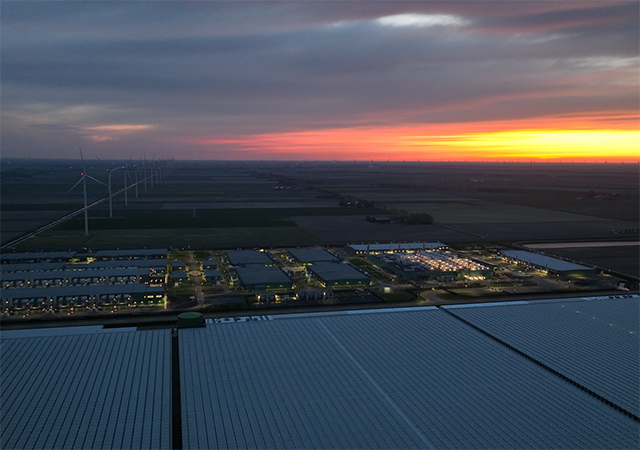
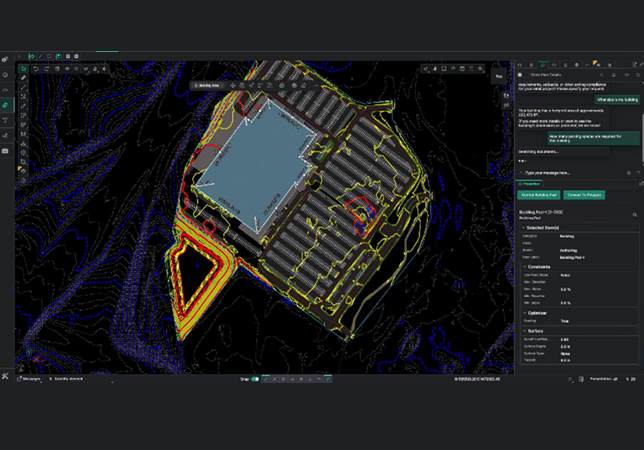

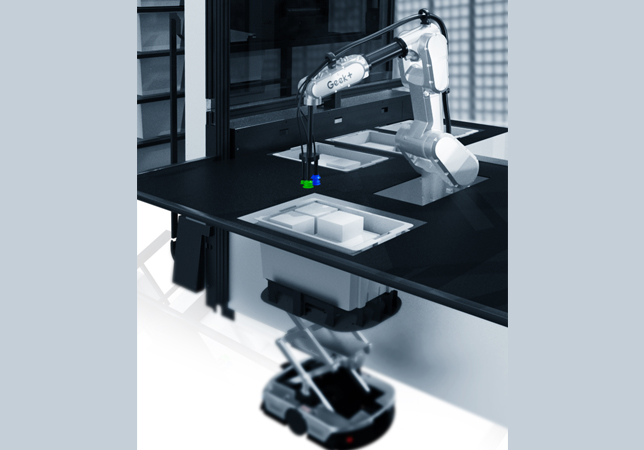


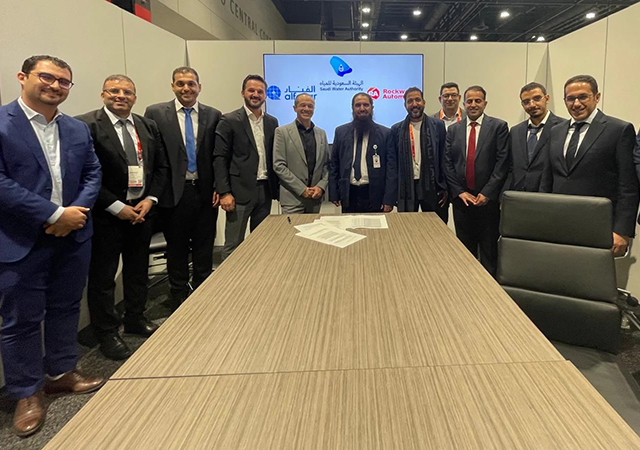

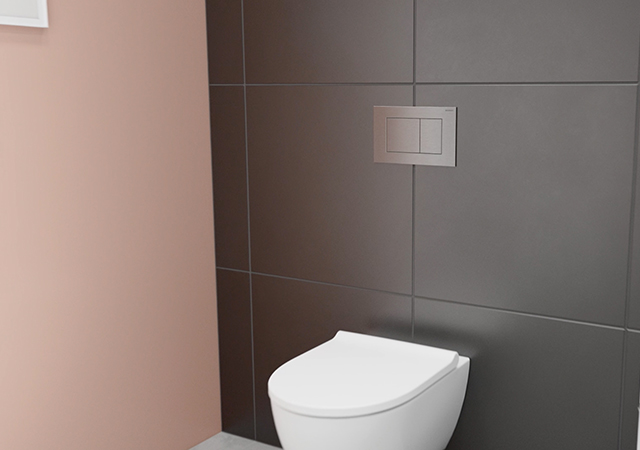

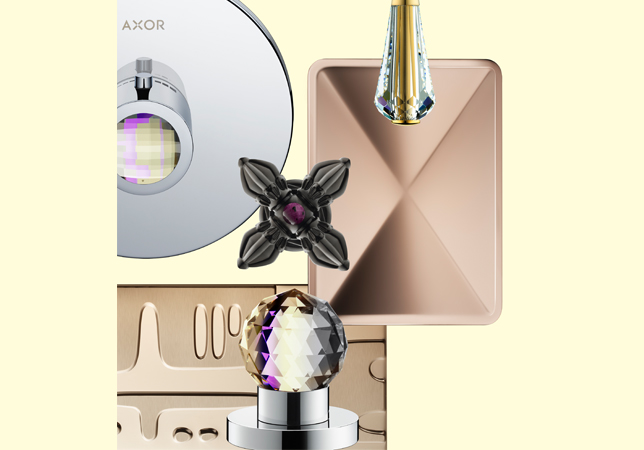

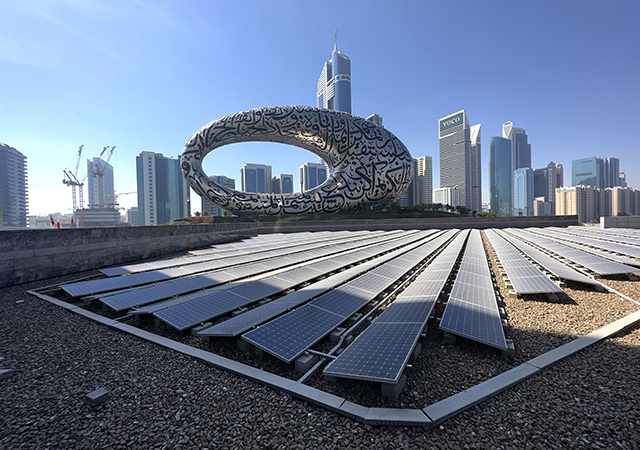
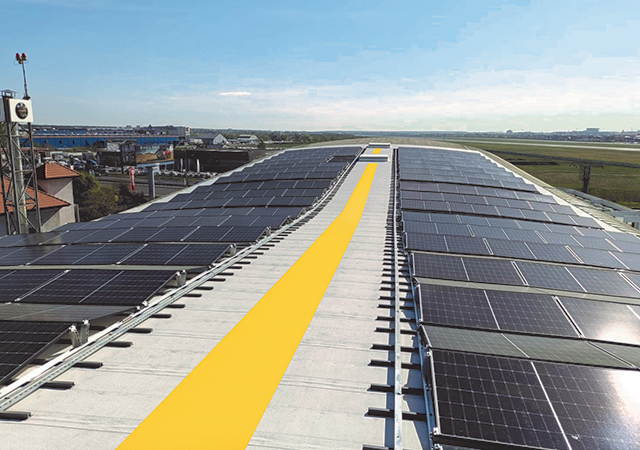
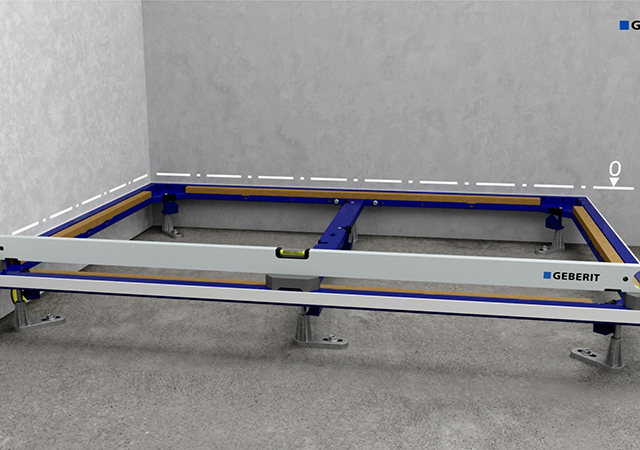
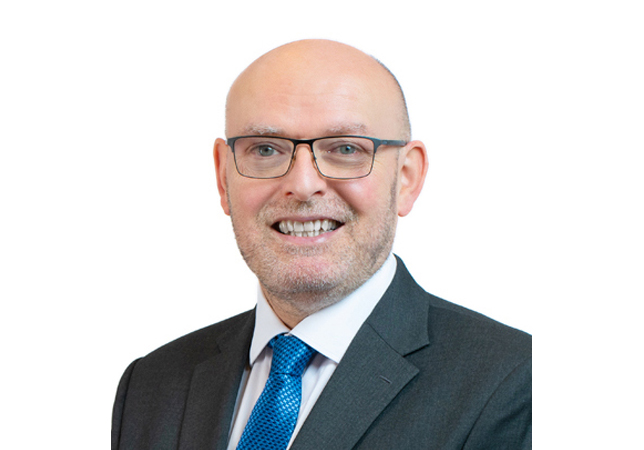
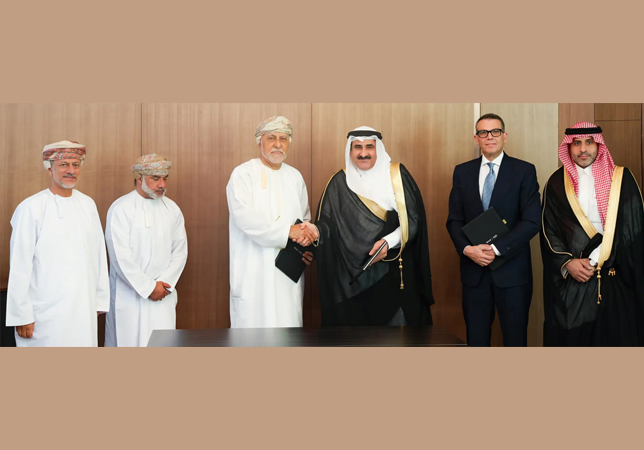
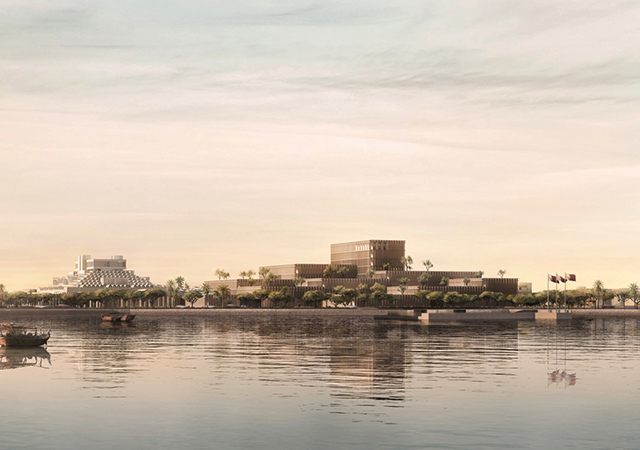
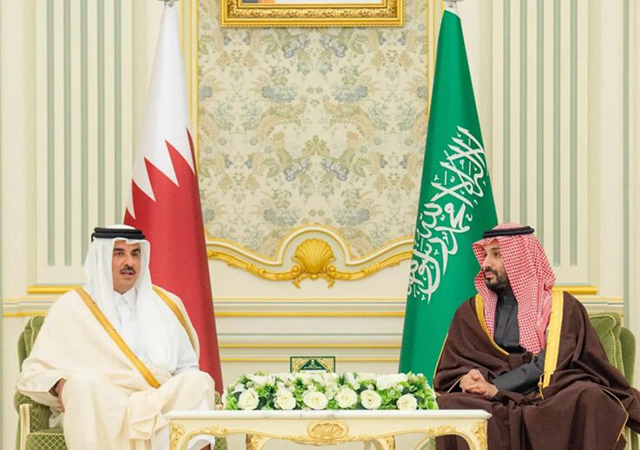


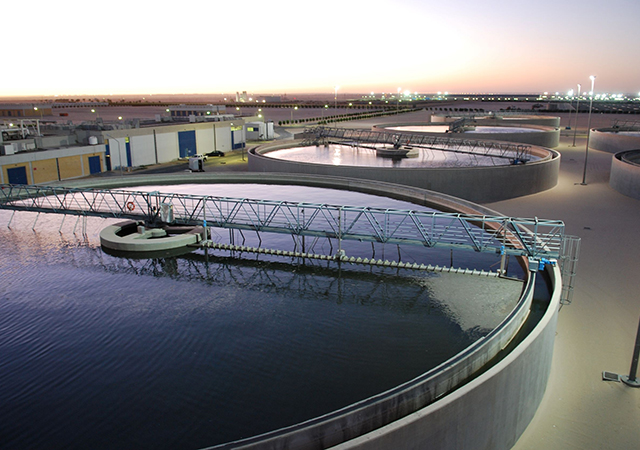
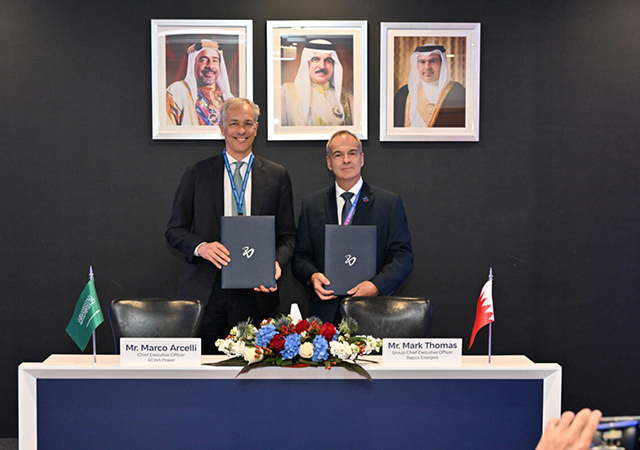

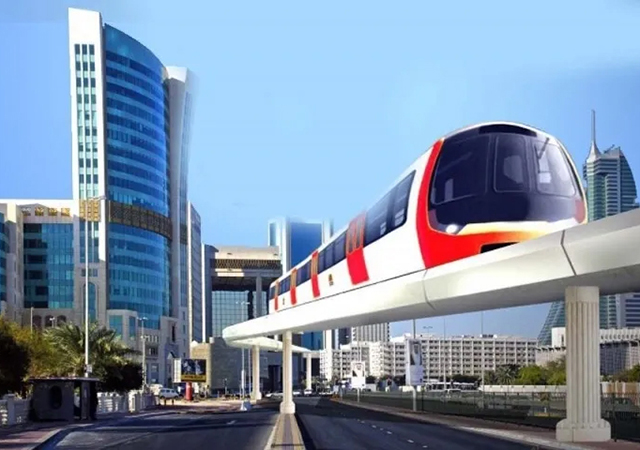
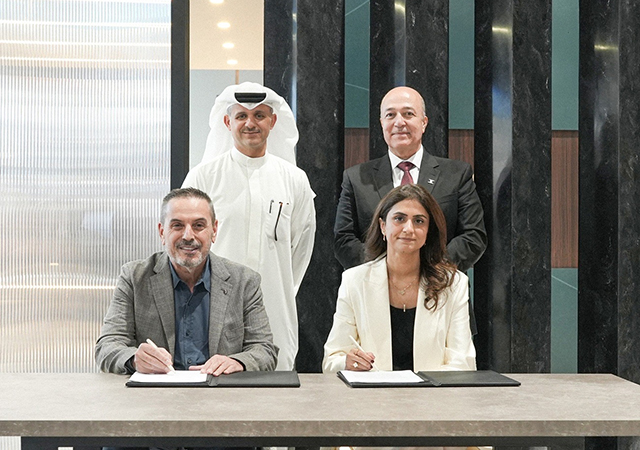
.jpg)
